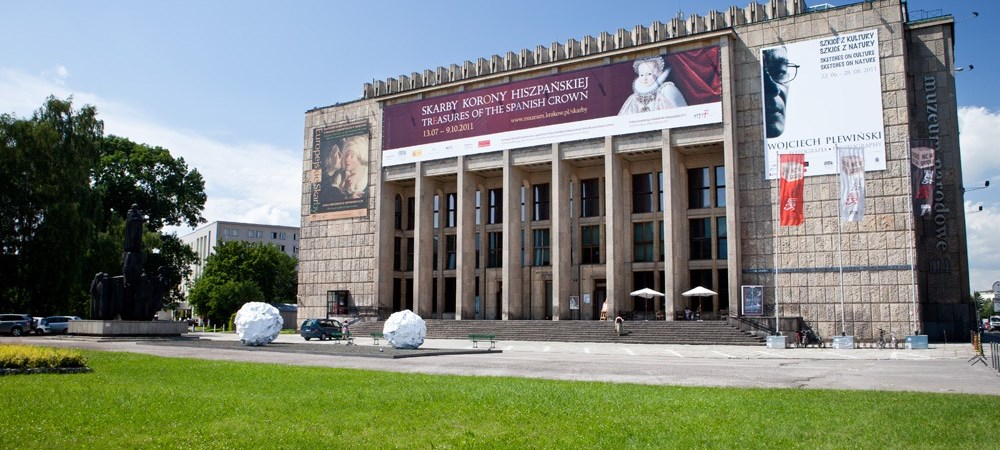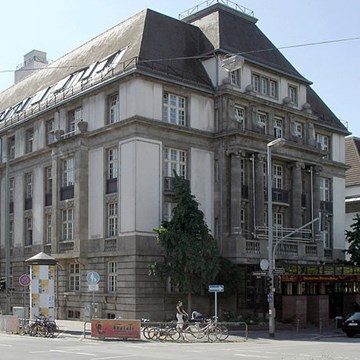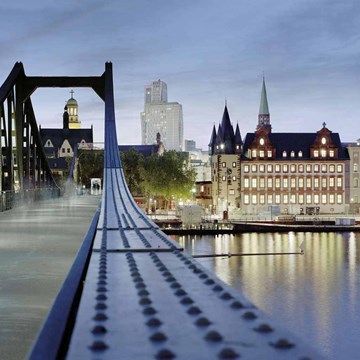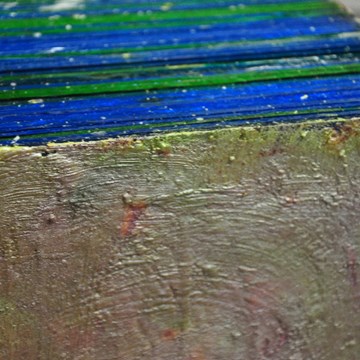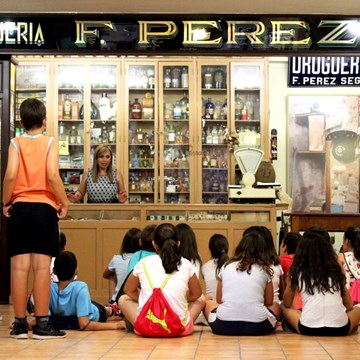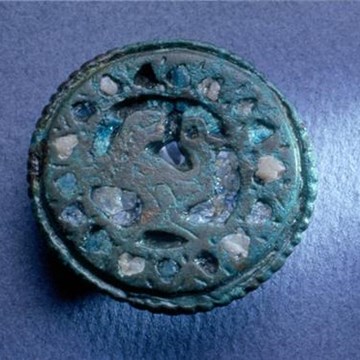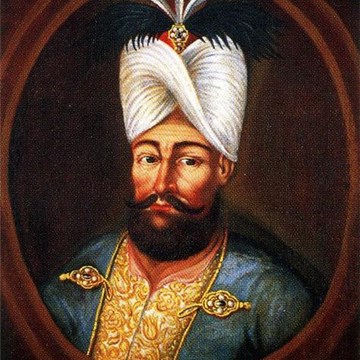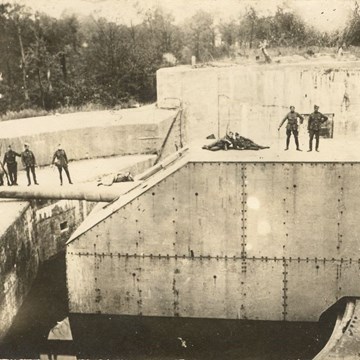National Museum in Krakow
Muzeum Narodowe w Krakowie
Designed by Bolesław Szmidt, Czesław Boratyński and Edward Kreisler, the building was constructed – with intervals – from 1934 to 1989. In 1998, when special lifts were installed, touring the Museum became possible for visitors with disabilities.
The Main Building is home to three permanent galleries:
- Arms and Uniforms in Poland
- Gallery of Decorative Art
- 20th-Century Polish Art
The stored collections accessible for research purposes are under the responsibility of the following departments:
- Department II - Modern Polish Painting and Sculpture
- Department III - Prints, Drawings and Water-Colours
- Department IV - Decorative Art and Material Culture
- Department V - Militaria
- Department XIX - Textiles
- Department XX - Old Photography
The holdings of four of the Departments (II, IV, V and XIX) support and complement the permanent exhibitions.
The Main Building is also the seat of the Director and administration of the Museum, as well as the Finance and Accounting Department, Department of Inventories, Art Conservation Department, Department of Exhibitions, Department of Educational Programmes and Promotion, Department of Publications, Library and Reading Room, Human Resources Department, Technical Department, Maintenance Department and Security. There is also a photography studio and conservation studios for painting, decorative arts, textiles, frames and furniture, as well as museum workshops.
The showrooms of the Main Building host temporary exhibitions presenting – in keeping with the Museum’s mission – works drawn from internal holdings as well as objects on loan from other institutions or private collectors.
Thematic exhibitions arouse the widest interest among thousands of viewers. Historically, the most popular projects were the exhibitions Polaków portret własny [Self-portrait of the Poles], Sztuka kręgu »Sztuki« [The art of the ‘Art’ circles], Między Giewontem a Parnasem [Between Mount Giewont and Parnassus] and Obrazy śmierci w sztuce polskiej XIX i XX wieku [Images of death in the Polish art of the 19th and 20th centuries]. Crowds of viewers came to see the oeuvre of foreign artists such as Marc Chagall, Andy Warhol, as well as the Reinholdt Würth collection and French Impressionists. The French Impressionists attracted over 140,000 visitors.
Large solo shows surveyed the output of Teodor Axentowicz, Piotr Michałowski, Henryk Rodakowski, Ferdynand Ruszczyc, Witold Wojtkiewicz, Leon Wyczółkowski and many others. Mounted to commemorate the 120th anniversary of the Museum, the “Opus Magnum” cycle explored – on a unprecedented scale – monumental pieces by Jan Matejko, Józef Mehoffer and Stanisław Wyspiański. These exhibitions were visited by more than 100,000 people total.
Retrospectives organised at the Museum introduced the audience to the work of contemporary painters, among them Tadeusz Brzozowski, Tadeusz Kantor, Jan Lebenstein and Andrzej Wróblewski, and the sculptors Jerzy Bereś and Alina Szapocznikow. Józef Czapski and Marek Rostworowski were honoured with two shows of biographical character.
Early graphic arts were popularised in a cycle of exhibitions exploring Albrecht Dürer’s prints, and Lesson in Romanticism According to Goya..., where on display were four complete series of prints by this great Spanish artist, drawn entirely from the Museum’s holdings. Another example was an exhibition of Dutch and Flemish prints and drawings. The achievements of Krakow-based contemporary printmakers were overviewed in the exhibition entitled Graphic Artists from Krakow. Another project, Graphic Arts in Krakow, is carried out in cooperation with the Polish Visual Artists Union by presenting the winning works and honorary mentions of ‘The Best Print of the Month’ and ‘The Best Print of the Year’ competitions.
In addition, the Museum holds exhibition cycles that follow the anthropological drift of the Museum’s activity. One of the earliest of them was To Jan Matejko On the 100th Anniversary of His Death, the first attempt to illustrate the reception of the painter’s work; and Malinowski – Witkacy. Photography: Between Science and Art, a captivating overview of the great Polish anthropologist Bronisław Malinowski’s research documentation and Stanisław Ignacy Witkiewicz’s photographs. Quite unique in nature was the blockbuster exhibition »Pan Tadeusz« – Film Art At the Museum, in which our galleries of arms and armour and decorative arts were used as an integral part of the display.
National minorities were the subjects of exhibitions such as: Jews – of Poland and Polish Armenians. Separateness and Assimilation.
The gifts that the Museum has received were not only single artworks, but also entire collections of extraordinary value. To refresh the memory of its generous benefactors the Museum arranges special exhibitions, for example an exhibition dedicated to Feliks “Manggha” Jasieński, or installations such as The Janina and Józef Haubenstock Memorial Collection. Bequest for the National Museum in Krakow, 1995–2001, or Memoriae donatorum. Tribute of the Numismatics Room at the National Museum in Krakow to Its Donators, where on public view were Polish and antique objects that normally are accessible to researchers only.
Exhibitions drawn from the Museum’s holdings are not the only ones that viewers may see at the Museum. For example, the Colourist works representing the School of Paris that were presented at The Colours Of Identity. Polish Art From Tom Podl’s American Collection were showed by courtesy of their owner Tom Podl, an American collector of Polish descent. Objects presented at Alina and Vanni Scheiwiller: A Collection Of Contemporary Krakow Prints were Italian arrivals.
Temporary installations are also a good opportunity to explore the Museum’s abundant holdings of decorative arts, normally exhibited in part only. One of such special exhibitions was Ethereal Beauty. Western and Eastern Fans in the Holdings of the National Museum in Krakow; or Following Fashion Through the Ages. Garments from the Collections of the National Museum in KraKow. Objects from Poland and abroad were on view at The World of Silver. Augsburg Goldsmithery From The 16th To The 19th Century In The Polish Collections.
The Museum treats publishing activity very seriously: it publishes catalogues of its holdings, exhibition catalogues, visitor guides, albums, and periodical publications: ‘Rozprawy Muzeum Narodowego w Krakowie. Seria Nowa’ [Dissertations of the National Museum in Krakow. A New Series], ‘Sprawozdania Muzeum Narodowego w Krakowie. Seria Nowa’ [National Museum in Krakow Reports. A new series], ‘Notae Numismaticae. Zapiski Numizmatyczne, Studia do Dziejów Dawnego Uzbrojenia i Ubioru Wojskowego’ [Studies for the history of early arms and military dress], as well as two brand-new series: ‘Skarby naszych kolekcji’ [Treasures from our collections], and ‘Z historii Muzeum Narodowego w Krakowie’ [From the History of the National Museum in Krakow].
The youngest museum-goers are our special focus. With children in mind a series of museum guides are created under the common title of The Stories Behind The Pictures Or First Forays Into The History Of Art, which is both informative and entertaining with its riddles, tasks and crossword puzzles relating to the subject matter of each of the booklets.
The Library of the National Museum has compiled a specialised collection of books on history of art and museology, which is updated on a current basis.
There is also an Audiovisual Room in the Main Building, commonly dubbed ‘the Samurai Room’ as it was financed with a grant from the Japanese government. It offers equipment for audiovisual presentations and three interpreter’s booths. It is used for lectures, conferences, symposia as well as film showings, concerts and meetings with artists.
The Museum shop, open during the museum ‘s public hours, sells publications on art subjects, postcards, reproductions of art and souvenirs. There is also a café available on premises.
Exhibitions and events
We don't have anything to show you here.
Educational programs
We don't have anything to show you here.
Collections
We don't have anything to show you here.
Articles
International Museum Day 2013
Every year since 1977, International Museum Day is held worldwide sometime around May 18 . This year, more than 30,000 museums are getting ready to celebrate...


